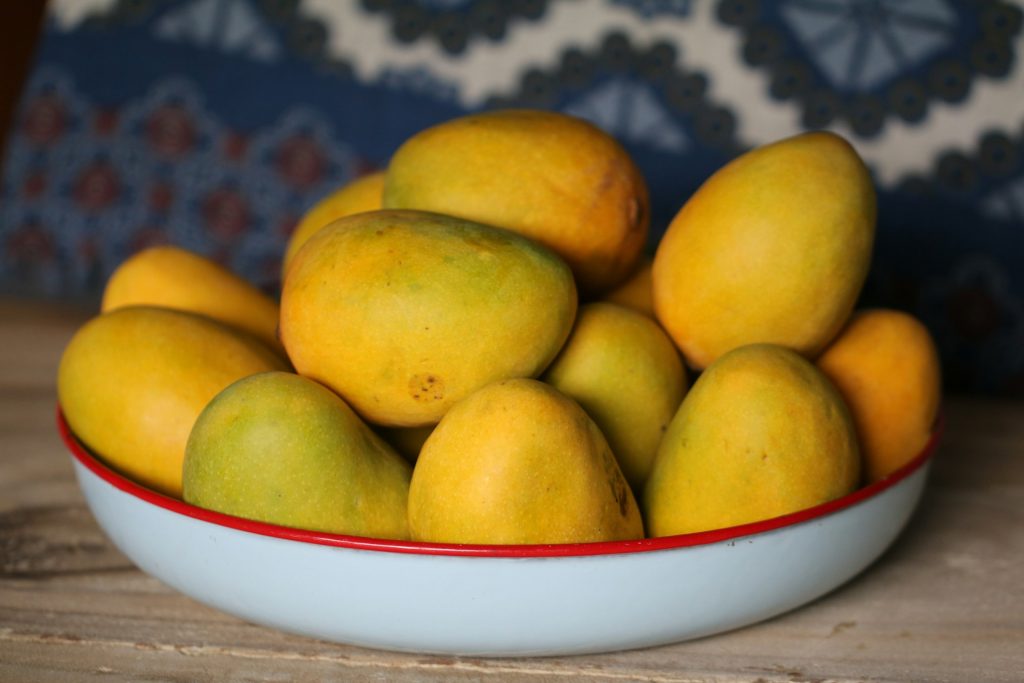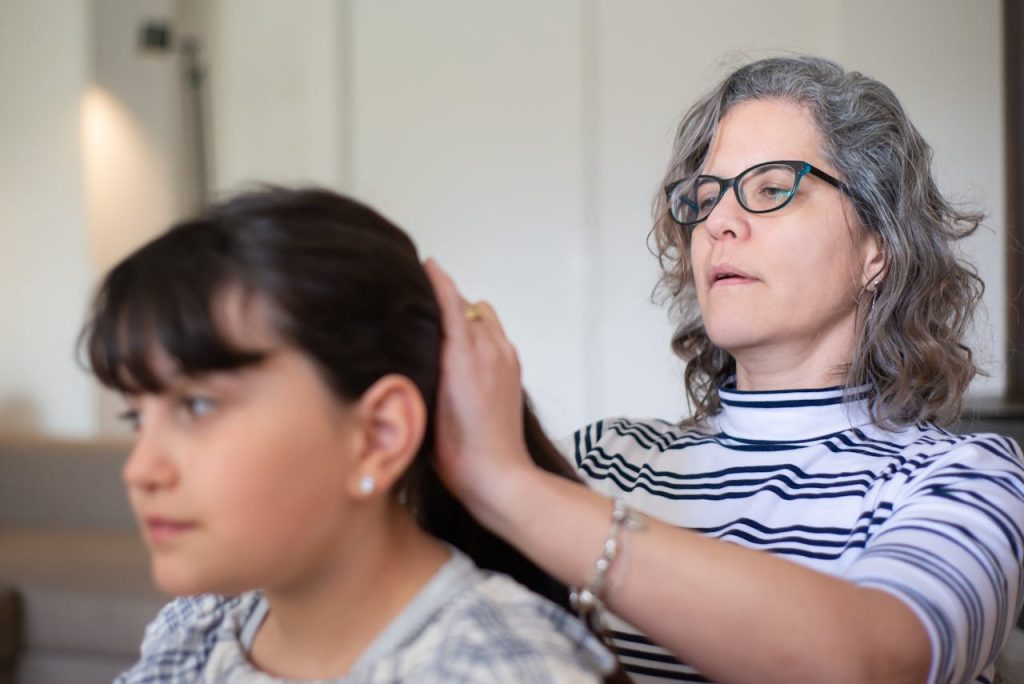Looking to fix a broken chair but tired of the usual methods? You are in the right place! Wooden furniture adds charm to any home, but it is inevitable that chairs or tables will get damaged over time. Whether it is a wobbly leg, a cracked seat, or a loose joint, you don't need to toss out your favorite pieces.
Here are some quirky hacks to bring life back to your wooden furniture. From simple fixes to creative solutions, these methods are practical, unique, and easy to do at home.
Fix a Broken Chair Using Toothpicks and Glue
One of the most common problems with wooden chairs is loose joints, especially when screws or dowels no longer fit snugly. The first hack to fix a broken chair involves something as simple as toothpicks! If you notice that a screw is loose and the hole is too big, don’t despair.

Lang / Unsplash / Grab some wooden toothpicks and wood glue. The trick is to fill the loose hole with the toothpicks coated in glue to make it smaller again.
Push several toothpicks into the hole, break off the excess, and then reinsert the screw. The glue hardens the toothpicks in place, giving the screw a fresh, tight grip.
Fix Chair Legs with a Bar of Soap
Fixing a broken chair leg doesn’t always mean you need professional carpentry skills. Sometimes, you just need a bar of soap! If your wooden chair leg has developed a squeak or is rubbing against the floor unevenly, a simple bar of soap can smooth things out. The soap helps reduce friction and prevents further wear on the leg.
Rub a dry bar of soap along the bottom of the wooden chair legs or any areas where the joints are creaking. This trick lubricates the wood and stops the annoying squeaky sounds.
Fix a Split Chair Seat with Wood Filler and Paint
A cracked chair seat can be a frustrating issue, but it doesn’t mean the end of your beloved chair. Here is a quirky hack: Use wood filler to repair the crack and blend it in with paint. Start by cleaning the split area thoroughly to remove any dirt or loose debris. Then, fill the gap with wood filler, making sure to press it deep into the crack. Use a putty knife to smooth out the surface.
Once the filler dries, sand it down until it is smooth and level with the surrounding wood. Now comes the quirky part: Instead of staining the wood, paint it! Choose a bold color or even a patterned design to disguise the repaired area.
Fix a Broken Chair with a Zip Tie
If your chair has a loose joint or a part that won’t stay aligned, zip ties are a perfect temporary fix. This hack works especially well for joints that are hard to reach or when you need a quick solution before doing a more permanent repair.

Lim / Unsplash / To fix the loose joints of your wooden chair, wrap it with a zip tie.
Wrap the zip tie tightly around the loose area to hold the parts together. The beauty of zip ties is their ability to apply consistent pressure, keeping everything in place without damaging the wood.
Fix Chair Wobble with Playing Cards
One of the most annoying issues with wooden chairs is that inevitable wobble. Instead of using expensive furniture pads, you can fix a wobbly chair with something you probably already have around the house—playing cards! This hack works great for chairs that are uneven or missing small pieces of wood from the legs.
First, figure out which leg is causing the chair to wobble by testing it on a flat surface. Once you identify the culprit, slide a few playing cards under the short leg until the chair sits level. You can stack the cards as needed to get the perfect height.













